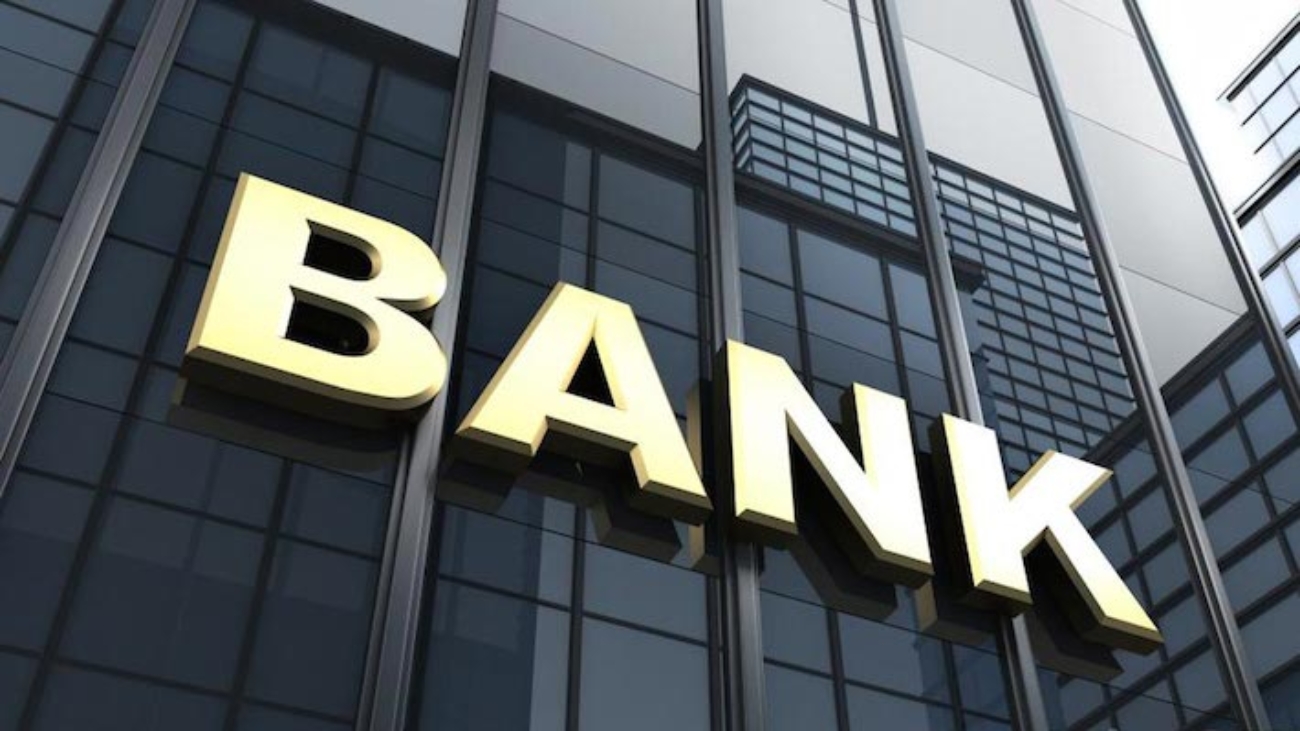Ahead of April’s deadline for the first threshold of recapitalisation exercise in the Microfinance Bank (MFB) sub-sector, some operators that do not have the capacity to meet up have decided to sell off their ventures.
READ ALSO: Edo plans to train 15,000 software engineers, programmers
Some of the micro lenders that have sold off their businesses include Cardinal Rock MFB, Cowries MFB, Aguda Titun MFB, First Ideal MFB, High Street MFB, Money Wise MFB, Owotutu MFB, Irolu MFB, and Royal Blue MFB, among others.
“Most buyers are ex-bankers. Some of them acquired the micro banks when they were about to leave the bank or after they had left,” top official of a microfinance bank told BusinessDay.
The Central Bank of Nigeria (CBN) had in October 22, 2018, reviewed upward the minimum capital requirement of the three categories of MFBs as follows – Unit microfinance banks from N20 million to N200 million, State MFBs from N100 million to N1 billion, and the National MFB from N2 billion to N5 billion.
In consideration of the impact of the COVID-19 pandemic on economic activities in the country, the regulator in 2020 revised and extended the deadline for compliance with the minimum capital requirement for microfinance banks by one year.
Consequently, MFBs operating in rural, unbanked and under banked areas (Tier 2) are expected meet the N35 million capital threshold by April 2021 and N50 million by April 2022.
MFBs operating in urban and high density banked areas (Tier 1) are expected to meet the N100 million capital threshold by April 2021 and N200 million by April 2022; State licensed MFBs are to increase their capital to N500 million by April 2021 and N1 billion by April 2022, and National MFBs are expected to meet minimum capital of N3.5 billion capital by April 2021 and N65 billion by April 2022.
However, more than two-thirds of licensed MFBs in Nigeria may close shop if they fail to meet the recapitalisation deadline, the first threshold of which should be due by the end of this April.
Of the 874 licensed MFBs, about 612 may be affected, although the final deadline will be in 2022. These banks were established to meet the financial needs of Nigeria’s low-income earners.
“I am having a feeling that most MFBs with National licence will survive,” a MBF CEO told BusinessDay on phone.
The National licensed MFBs include LAPO MFB, AB MFB, NPF MFB, and Paralex MFB, which have migrated into regional commercial bank.
Some of these big micro banks stand ready to acquire the ones that are not able to meet their capital requirements as a way of saving the sector from collapsing.
“We have not bought anyone but if they approach us we will buy, of course, we will do due diligence. We have done due diligence for one and it did not work. So, we are looking at one in Kano but they are not following up. I think many eventually would want to sell,” a source from LAPO Microfinance Bank Limited, said.
A bank from Kano State has approached LAPO but it is yet to conduct due diligent on the bank. The problem with some of these microfinance banks is that their books are too bad that when you buy them you buy “wahala.”
However, if their financials are bad, there might be some aspect of them that are good, that is, other values, such as good staff.
“The approach is simple, they approach us or we approach them, give them form to fill to complete their profile, we appoint a company to do financial analysis for us and once that is done we take our decision.
“We take them case by case. If for instance 20 approach us and we discover that all the 20 are good, then why not. On the other hand, if three approach us and we discovered that they are not good, we will not buy. The bottom line is that we are open to acquisition but the financial decision would be based on how good they are. The second thing is, one of the reasons is that it is a way of saving the sector,” the source said.
The Unit MFBs are likely going to be the ones that would be swept away at the end of the recapitalisation exercise.
The CBN on March 31, 2021, issued a letter to Suisse MFB to shore up its capital but the owners of the bank, Christ Embassy, is not making effort to comply with the directive, a source close to the bank told BusinessDay.
On November 12, 2020, the CBN revoked the operating licences of 42 failed MFBs.
According to Yusuf Gyallesu, national president, National Association of Microfinance Banks (NAMB), affirms that sell-off is one of the options presented to the MFBs in push for recapitalisation.
“It is the last option after you try all means and it does not work, instead of losing the licence, you sell it and someone will continue from there,” he says.
Some strong MFBs and their models
LAPO MFB provides a wide array of direct-lending solutions, both to group and individual, plus specialised lending products such as asset-based lending.
Renmoney, leveraging technology to make financial inclusion, states, “Everyday, we strive to understand our customers and leverage technology, data and innovation to deliver outstanding service experiences.”
Baobab MFB has gained recognition for its ability to combine financial sustainability with positive social and environmental impacts. As an industry leader, Baobab Group rigorously applies internationally recognised best practices of good governance and institutional ethics.
EdFin MBF birthed out of the need for quality education in Nigeria. The bank, dedicated solely to funding the education eco-space in Nigeria, aims to positively disrupt the standard and quality of education in Nigeria by providing the much-needed financial resources and services to the education sector.
EdFin is focused on facilitating a more enabling environment for private schools in order for them to be able to offer quality education that would ensure improved learning outcomes in such schools and ultimately in Nigeria.
The Nigerian Microfinance sector is strategically designed and positioned to provide formal financial services to the grassroots, with a focus on delivering micro-savings and microloans services towards improving financial inclusion in Nigeria.
A recent evaluation of this industry has shown gaps concerning Digital Financial Services and a significant opportunity to strengthen players in this regard, according to EFInA.



